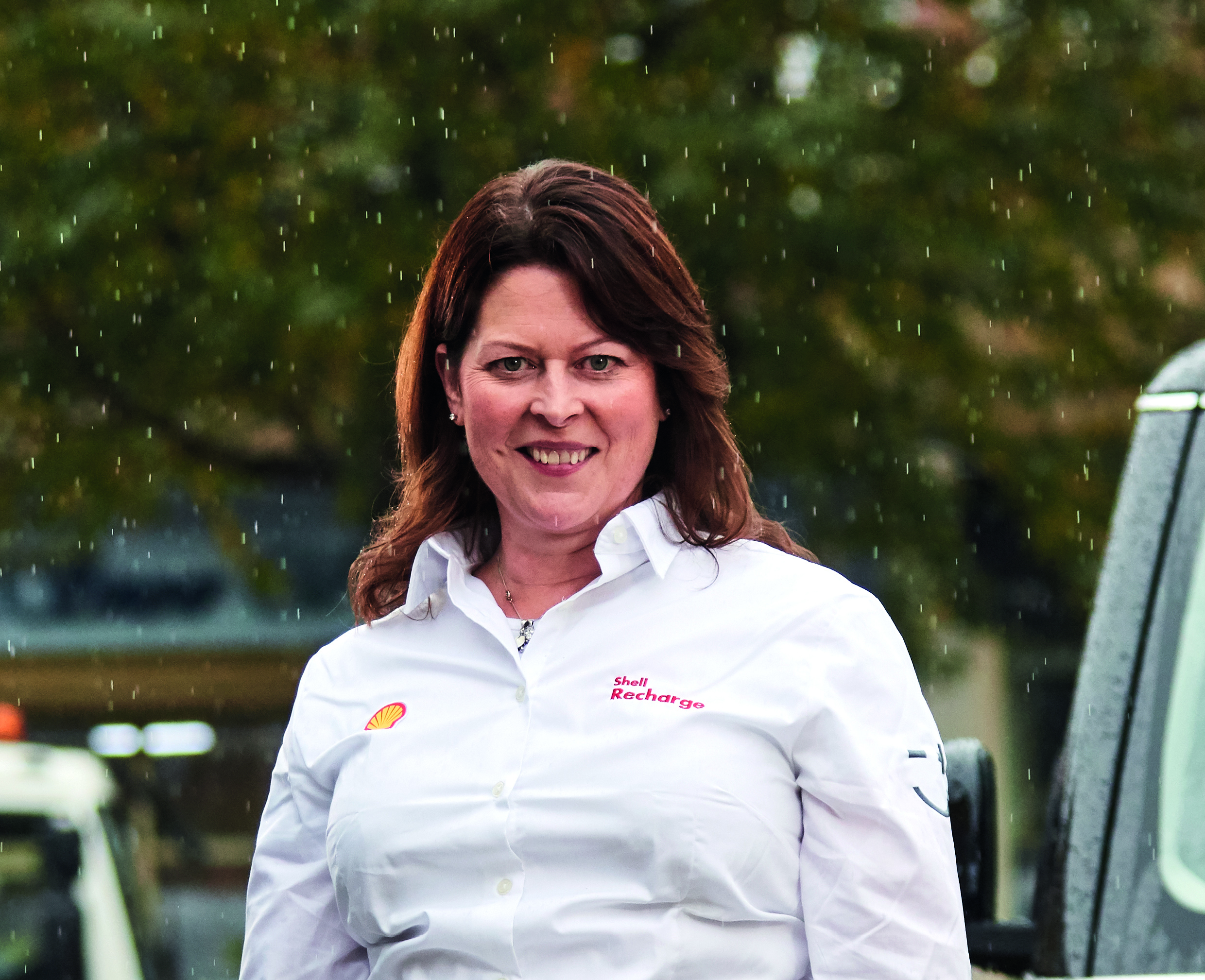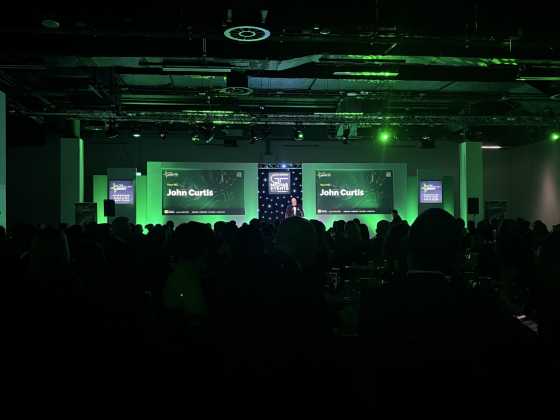Backing more than one fuel

Moving towards a low carbon future means different fuels will co-exist, believes Shell’s Jane Lindsay-Green. GreenFleet finds out about the firm’s alternative fuels offer, including its new Recharge electric vehicle charging facilities and hydrogen stations
When and why did Shell enter the alternative fuel market?
There is one thread which runs through all of our activities: we always start with the customer. For me, this means listening to what the customer needs now, understanding what they will need tomorrow, and preparing for the future. In the context of the energy transition, alternative fuels are absolutely at the heart of this.
As such, we have been researching the potential of these ‘future fuels’ for decades, exploring opportunities in hydrogen since 1990s, LPG (through JV with Calor Gas) since 2000, LNG, GTL, biofuels (since 2001) and EV charging. And this is a market we have earned a strong position in, our JV is a market leader in LPG and we are one of the world’s largest blenders and distributors of biofuels, and are committed to.
In 2016, we brought all of this together under our newly established New Energies business, which – among other things – unites our existing activities across the company. Through this business, we are also looking at new areas for commercial investment, which includes a focus on future opportunities in transport fuels.
Which alternative fuel do you think will dominate in the UK?
During the transition to a low carbon future, different fuels will co-exist. It’s not a case of backing one fuel. All forms of drive train – the components which power a car – and energy sources will be required to meet the growing demand for mobility.
At Shell, we believe customers have a right to decide which source of energy they need to power their lives. It is important that we offer our customers choice – from battery electric and hydrogen to LPG, LNG and biofuels. Some of these solutions will be suited to short journeys within urban areas, while others could be better for longer journeys between cities. All have a role to play.
How has your initial Recharge facilities been received?
We launched Shell Recharge in October 2017, installing charge posts at ten selected service stations in the UK in the London, Reading and Derby areas. On-forecourt rapid 50kw charging provides an essential and convenient charging solution for EV drivers, and we have already had a really positive response from our customers regarding the convenience and reliability of our Recharge offer.
What are your future plans for the Ionity network? How does this fit in with Recharge?
We are working to develop a full raft of charging solutions which complement one another and will be required to support a variety needs – this includes Shell Recharge, Ionity and NewMotion. Bringing electrification to the forecourt with Shell Recharge is just one of the many ways we are offering our customers a broader choice of alternative fuels.
Shell Recharge offers 50kW rapid chargers that take around 30 minutes to charge most EVs which are on the road now, whereas the Ionity network will support next generation electric vehicles. Ionity will provide high-powered chargers with power levels up to 350kW, which will take just five to eight minutes to charge a vehicle. Initially, Ionity charge posts will be made available at 80 of Shell’s biggest highway stations in ten European countries.
What are your plans for NewMotion?
NewMotion is one of Europe’s largest EV home and destination charging providers, and is now a wholly owned subsidiary of Shell. We are therefore working closely together to be able to expand the choices we offer. We want to give our EV customers choice and ensure that wherever they are – be that at home, work or on a long journey – they have access to reliable and convenient charging points.
What are your thoughts on hydrogen?
We know that a range of energy options are going to be needed to meet demand and make a lower carbon UK a reality. For me, that means I need to focus on developing a range of lower emission fuel options – available alongside petrol and diesel – to suit different vehicles and journeys. Hydrogen has the potential to be an important low carbon transport fuel in the future. Shell is active in hydrogen electric and we are part of several initiatives to encourage the adoption of hydrogen as a transport fuel. We already have two refuelling stations at Shell Cobham and Beaconsfield, with another one opening in early 2018.
We also have hydrogen refuelling stations in California, US, and Germany and are assessing future hydrogen fuelling stations in the US, Canada, Switzerland, Austria, France, Belgium, Luxembourg and the Netherlands.
What greener fuels do you offer for heavy-goods vehicles?
Shell is developing alternative fuels and is assessing a range of energy sources to continue serving the needs of our customers, whatever they choose to drive. This includes enhancing the efficiency of traditional fuels, as well as supporting the development of low-emission transport fuels such as hydrogen, synthetic diesel alternatives like GTL, LNG and LPG – alongside EV charging.
Different types of vehicles and journeys have different requirements. For example, last year food wholesaler Brakes switched all its DAF trucks operating in the London area to Shell GTL Fuel.
In Europe, there are some 1,500 heavy-duty trucks running on LNG and Shell is already supplying LNG for transport in Norway and the Netherlands.
How many Recharge facilities will you be putting in place this year?
In 2017, we launched Shell Recharge at 10 selected locations in the UK. Those are all up and running now, and our plans for the further Shell Recharge locations will be informed by the usage of the service at our first ten locations.
In terms of our fleet customers, we are working to ensure they are able to access all our charging offers, wherever they need them.






